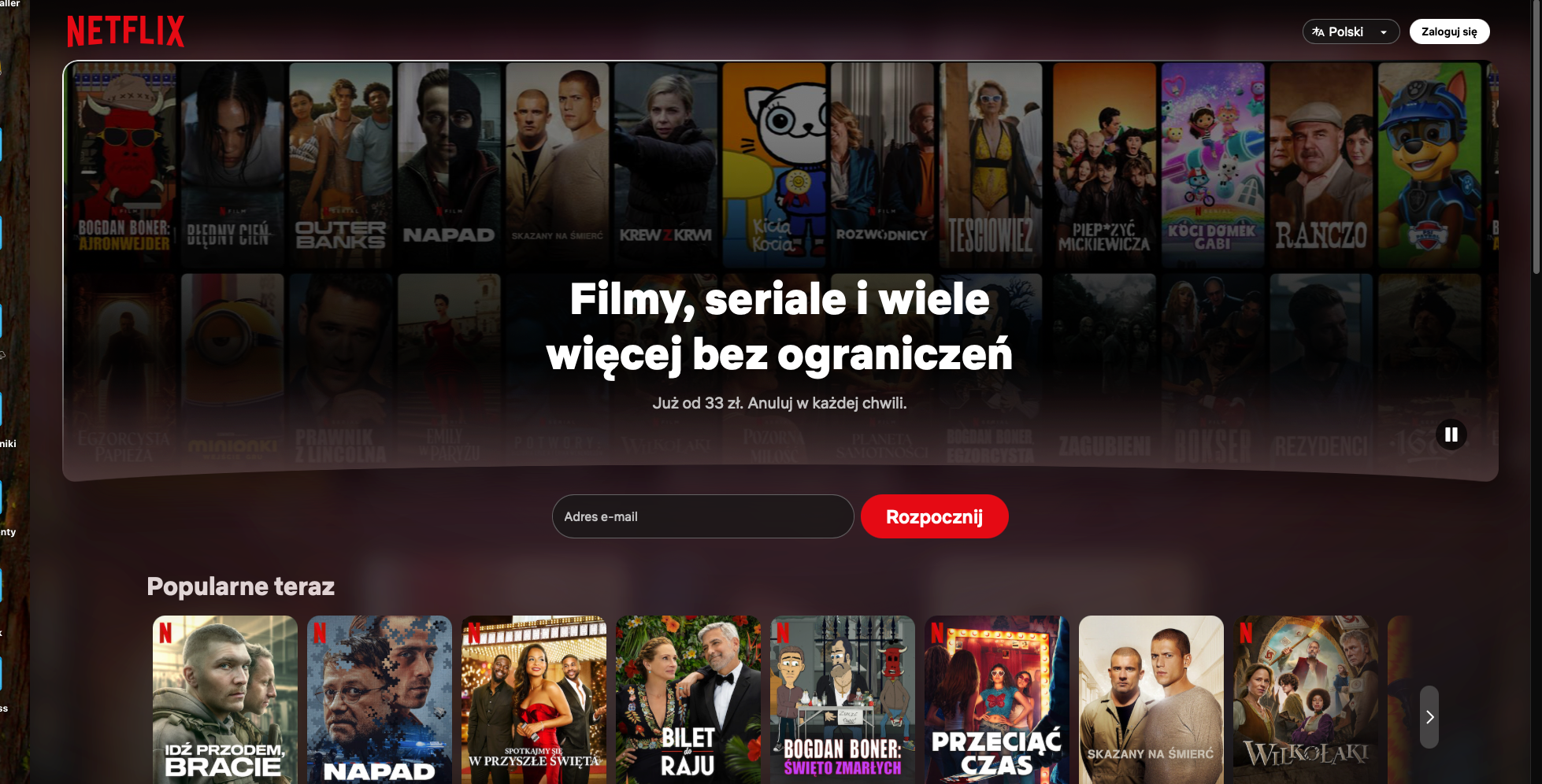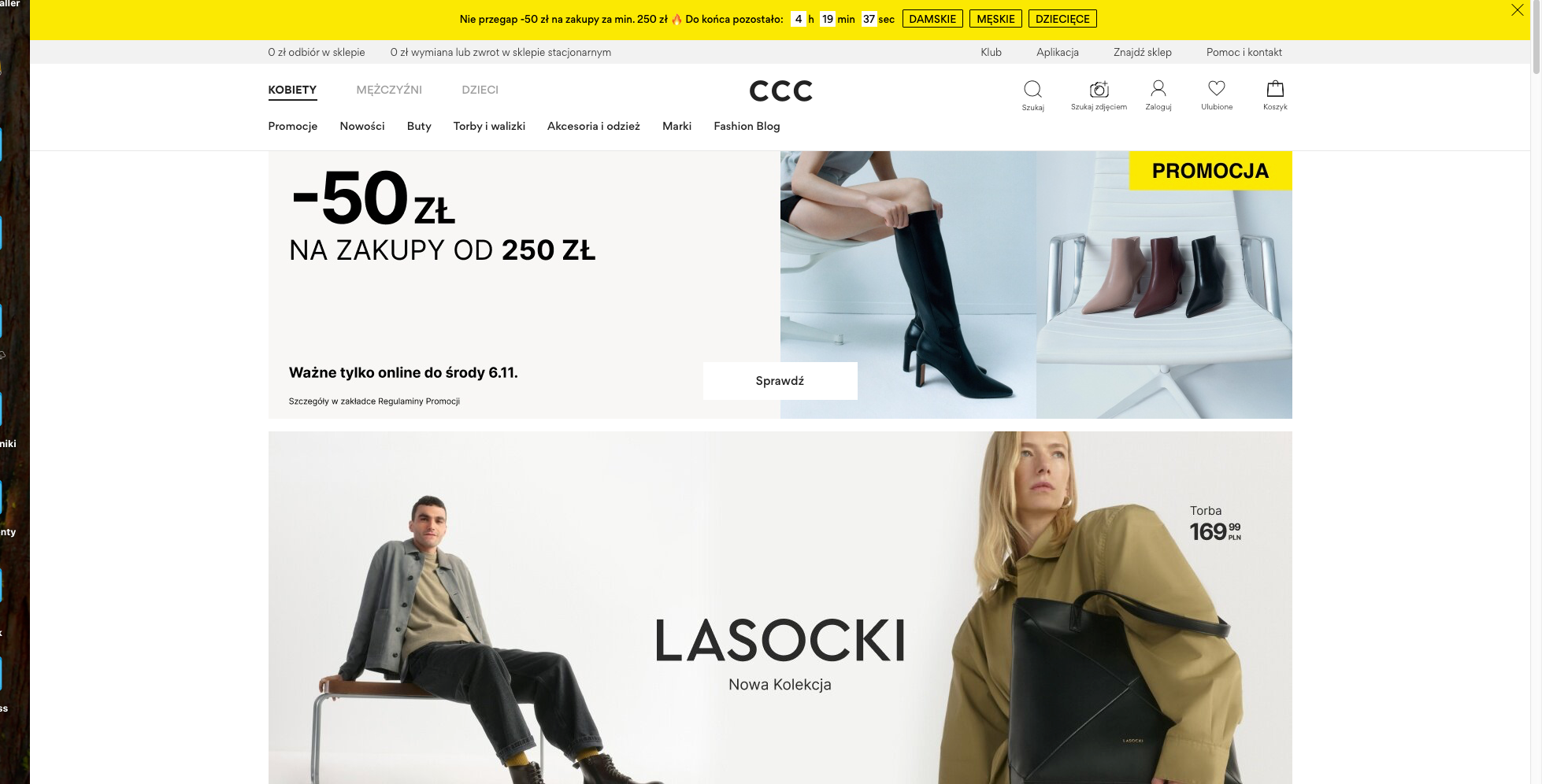Imagine walking into your favorite coffee shop, and the barista is already pouring your perfectly personalized coffee: “Double espresso with oat milk, right?” Such experiences are the essence of personalization – you feel like the brand truly knows you. Now imagine that the same barista started looking into your phone, checking your emails, and talking about where you were the night before. Suddenly, the feeling of closeness turns into discomfort. This is where the greatest battle in modern marketing plays out – on the border between personalization and privacy.
Personalization – why is everyone talking about it?
Brands that excel at personalizing their communication achieve greater success. When a customer feels that a brand understands their needs, they are more inclined to make purchases. Instead of bombarding them with general offers, a brand can deliver personalized advertising exactly when the customer needs it. Netflix and Spotify are masters at this. Your “Favorite Shows” algorithm on Netflix or “Your Daily Playlist” on Spotify are proof of how personalization can create a strong emotional connection between a brand and its user.
But personalization isn’t just the domain of tech giants. Even CCC successfully implements product recommendations based on browsing and purchase history, and Empik suggests books to readers based on their previous choices. Sounds great, doesn’t it? Until you start to wonder: “How did they know I was just thinking about that book?”
Privacy – the black hole of personalization
Of course, personalization doesn’t come without its costs. The key to it is data. Lots of data. And users are increasingly cautious about what happens to their information. Apple, with its iOS changes (introducing App Tracking Transparency), stirred the marketing industry. Companies suddenly had to ask users for permission to track their activity, and most users gladly clicked “no.”
Thanks to GDPR in Europe, users now have greater control over their data. While marketers might frown at this, it’s a step in the right direction – consumer trust is now worth its weight in gold. A brand that can’t explain why it collects data and what it does with it is doomed to face criticism.
Example? Remember the Cambridge Analytica scandal with Facebook? That was when people really started asking: “What’s happening with my data?” Since then, many companies, like Google, have been trying to align their practices with the increasing demands for user privacy.
The golden mean – where to find it?
Marketers are trying to balance personalization with privacy. But how do you do that when the customer wants to be treated individually yet doesn’t want their data used? The key lies in transparency and responsibility.
1. Ask for permission, not forgiveness
There’s nothing worse than a customer who feels “eavesdropped on.” That’s why the best brands proactively ask users for permission to use their data. MailChimp, for example, not only asks for consent to subscribe but offers users the ability to personalize the content they want to receive.
2. Collect only what is truly necessary
Minimalism is not just a trend in design but also in data marketing. Nike doesn’t ask for more data than it needs. Want to track your running progress? Sure, provide your weight, height, and goal. But you don’t need to give your social security number, right? Collecting minimal data builds trust.
3. Be honest with your customers
Remember the last time you asked: “Why does this company need my phone number?” That’s because many brands collect data “just in case.” Empik and other Polish e-commerce brands are beginning to implement transparent privacy policies, clearly informing users of the purpose their data serves. This approach builds trust and customer loyalty.
Personalization and privacy in practice: brand examples
1. Apple – the king of privacy. Although the company offers personalized services, its iOS system blocks activity tracking without user consent. Apple proves that personalization and data protection can go hand in hand.
2. Netflix – the master of personalization. At first glance, Netflix collects a significant amount of data, but its algorithms are primarily based on your viewing history. It works like magic: recommendations seem perfectly tailored without infringing on privacy.
3. Spotify – personalization in sound. Your weekly “Discover Weekly” is an example of brilliant personalization. Spotify doesn’t need to know everything about your life to provide perfectly tailored playlists. Thanks to algorithms based on your listening history, Spotify can create a personalized experience safely.
Summary: So how to play this game?
Personalization and privacy can and must go hand in hand. The key is trust. When users feel that a brand is acting in their best interest and cares about their privacy, they are willing to share more data. And a brand that doesn’t abuse this trust gains not only loyal customers but also builds a strong, authentic relationship.
You know what’s most important? People love to be surprised… but only when they want to be. So personalization should work like a surprise from a box – pleasantly surprising, but not overwhelming.
Ready to find the golden mean?





